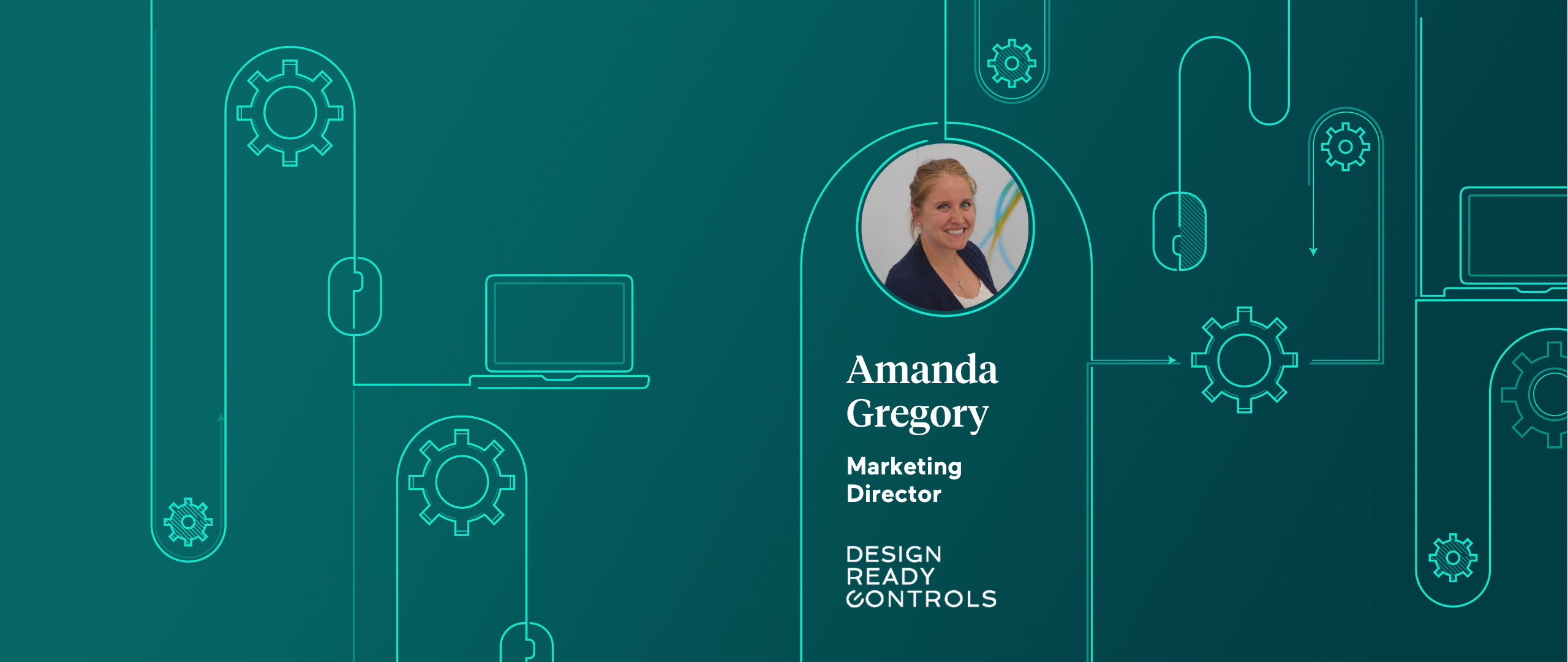Trend stories are popular at the start of any New Year. It’s a time to pause and consider what potential impact new technologies and developments will have on the world, people and businesses. These stories can also prove to be crucial in keeping pace with industry advancements that, if ignored, can leave you feeling left behind. From a PR and marketing perspective, it’s important to keep tabs on the B2B trends your prospects will be following and the media will be covering, so you can identify ways to contribute valuable insights to the conversation.
Havas PR, which releases an annual trend report, offered a list of 11 trends for 2016 (via download). We’re providing our take on a few of what we see as the most important of these trends – with a B2B twist.
Trend #1: Sustainability is here to stay
There’s been a renewed (sorry, I had to) focus on sustainable energies and technologies that hasn’t been seen since the Prius was introduced to the world in 2000. With new sustainability regulations and guidelines being established for every industry under the sun, incorporating green energy into operations is no longer just a best practice but a requirement for companies of all sizes. The COP21 Climate Conference in Paris late last year underscored the importance of sustainability in 2016 and beyond, with the committee establishing the most comprehensive plans to combat climate change ever.
This trend is consistent among our clients. Manufacturing is becoming greener. For example, 3D printing is inherently an additive technology rather than subtractive, companies like Stratasys Direct Manufacturing reduce waste by only using material that’s needed. And, in the healthcare sector, hospitals are turning to vendors that help them reduce the environmental impact while improving the quality of care delivery.
Trend #2: “Smart” has a whole new meaning
“Smart” used to just apply to people. Then smartphones joined the party. Now, it can describe literally anything that’s equipped with sensors, processors and wireless communication capabilities. Smart fridges monitor food stocks and freshness. Smart fabrics can monitor vital signs, generate electricity and change color. These are just a couple examples of how companies are working to smartify everyday products in efforts to simplify our lives and generate data.
On the B2B side, HVAC companies are getting in on this trend by equipping their products with smart capabilities, enabling systems and buildings to self-monitor and proactively take action based on real-time data. The data yielded by smart devices not only can lead to increased efficiencies but also customized performance in a world where very little is “one size fits all.”
It is no coincidence that this technology is linked to furthering sustainability and energy efficiency, and it is also tied to our next trend…
Trend #3: The cloud grows bigger
And then there’s the cloud.
With the cloud, the world is connected like it never has been before. Thousands of students across the world can study together in virtual classrooms. Co-workers from Beijing to Boston can collaborate on projects in real-time.
Smart devices enabled to access the cloud – think “Internet of Things” – can even think for themselves. Sticking with our HVAC example, say that a heat wave is coming tomorrow. A smart HVAC system that is IoT-enabled can process weather reports and proactively adjust overnight so the building has a cooler environment in the morning.
Oh yeah, all of this data and technology is at our fingertips, so there’s no need to physically be at the facility to make these sorts of changes.
2016: Disruptive technologies and buzzwords mature
2016 is the year when sustainability, smart devices and the Cloud reach maturity. They are no longer just on the horizon or in mere infancy; they are here and now. With that, terms linked to these technologies, such as “Big Data,” “Green technology” and the “Internet of Things,” are now nearly ubiquitous and thus have lost some of their original cachet. The proliferation of these buzzwords has made it important for companies to not incorporate them into their messaging for the sake of saying them; rather, businesses must demonstrate they’ve successfully applied these concepts and leveraged them as a competitive advantage. For more insight on how to separate your company’s thought leadership from the pack, check out this article from Elizabeth Mortek: Don’t jump on the buzzword bandwagon.



